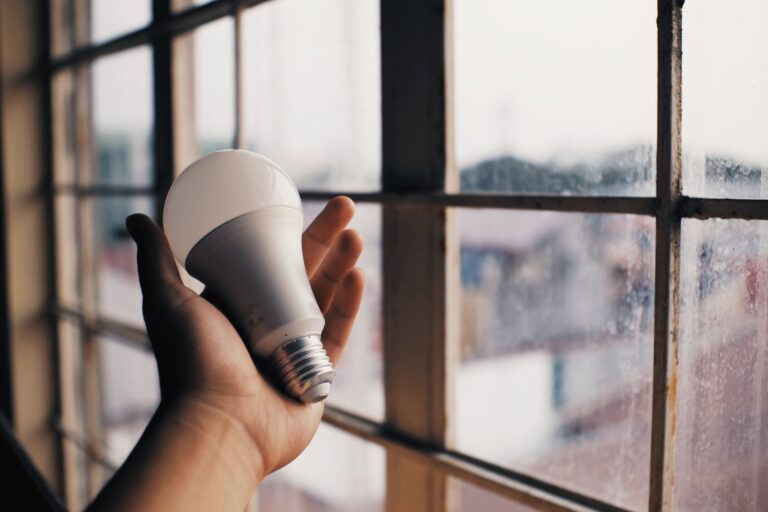Shading and Glazing: Adding Energy Efficiency with Window Treatments
treatments can make a significant difference. Shading and glazing options provide an additional layer of insulation and control over heat gain or loss, helping you optimize energy efficiency in your home. In this post, we’ll explore how shading and glazing techniques can improve the energy performance of your windows.
- Window Shading Options: a. Blinds: Blinds are a popular window treatment that allows you to control the amount of sunlight and heat entering your space. By adjusting the angle of the slats, you can regulate the level of natural light and heat, reducing the need for air conditioning during hot summer days. b. Shades: Window shades come in various styles, including roller shades, Roman shades, and cellular shades. These treatments are designed to block sunlight and provide insulation. Cellular shades, also known as honeycomb shades, have a unique cell structure that traps air, creating a barrier against heat transfer. c. Drapes/Curtains: Well-insulated drapes or curtains can significantly reduce heat gain or loss through windows. Choosing heavy materials, such as thermal-lined or blackout curtains, helps prevent drafts and provides extra insulation during both hot and cold seasons.
- Window Glazing Techniques: a. Double Glazing: Double glazing involves two layers of glass separated by an insulating layer, typically filled with air or gas. This technique provides improved thermal insulation, reducing heat transfer between the interior and exterior of your home. It also helps with noise reduction and condensation control. b. Low-E Coatings: Low-emissivity (Low-E) coatings are microscopically thin layers applied to the glass surface. They minimize the amount of ultraviolet (UV) and infrared (IR) radiation that enters or escapes through the window, while still allowing visible light to pass through. This helps maintain comfortable indoor temperatures and protects your furnishings from UV damage. c. Window Films: Window films are thin, adhesive layers that can be applied directly to the glass surface. They offer benefits such as UV protection, glare reduction, and heat control. Reflective films can help block sunlight and reduce heat gain, while tinted films provide additional privacy and enhance energy efficiency.
By combining window treatments and glazing techniques, you can achieve optimal energy efficiency for your windows. Here are a few additional tips to maximize their effectiveness:
- Strategic Placement: Consider the orientation of your windows and the sun’s path throughout the day. Use shading options on windows that receive direct sunlight during the hottest parts of the day to reduce heat gain.
- Insulation and Sealing: Ensure proper insulation and sealing around your windows to minimize drafts and air leakage. This will enhance the overall energy efficiency of your windows, complementing the effects of shading and glazing techniques.
- Seasonal Adjustments: Adjust your window treatments based on the seasons. During winter, open curtains or blinds on sunny days to allow solar heat gain, and close them at night to retain warmth. In summer, keep blinds or shades closed during the day to block excess heat.
By utilizing shading and glazing techniques, you can enhance the energy efficiency of your windows, reduce energy consumption, and create a more comfortable living environment. Consult with professionals or research reputable manufacturers to find the right window treatments and glazing options that suit your specific needs and complement your home’s style.


